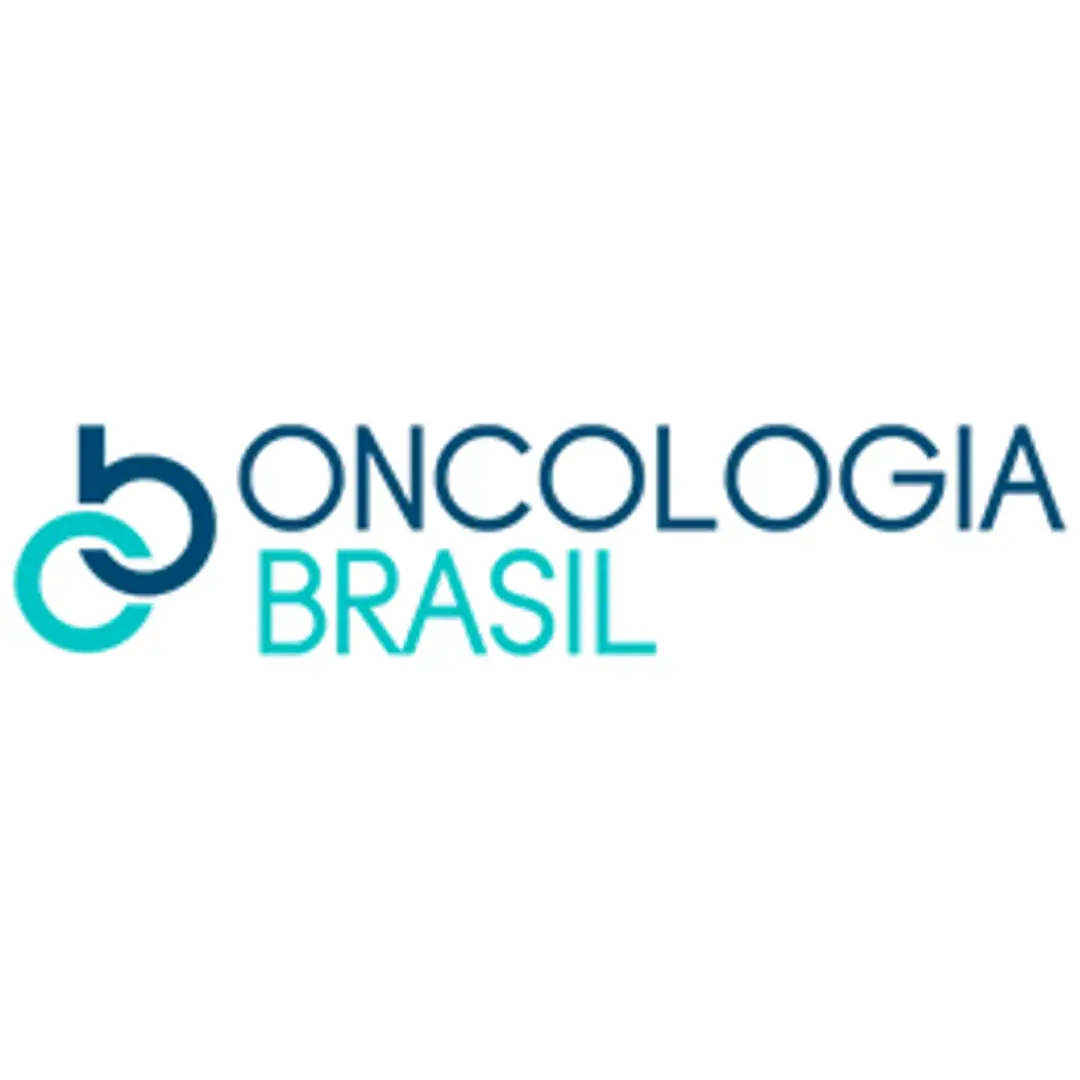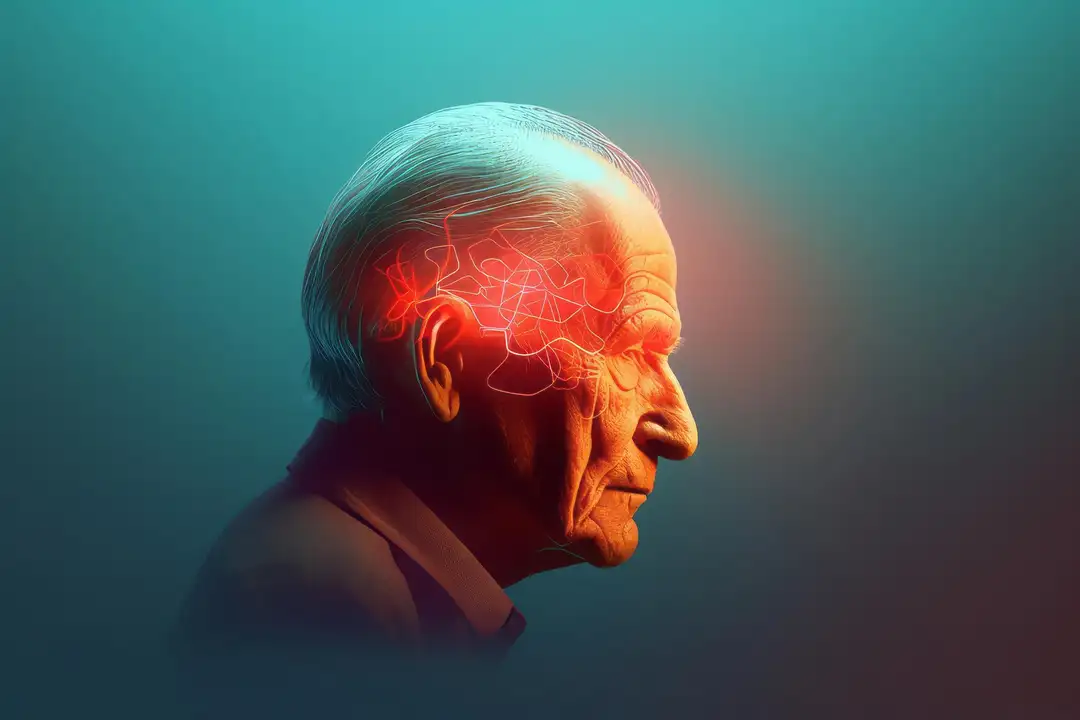
Thyroid cancer is the most common endocrine malignancy in the United States, with over 44,000 new cases expected in 20251. The rising incidence, diverse subtypes, and variable prognosis of this disease make it a significant clinical concern.
Thyroid Cancer Awareness Month highlights the importance of early detection, accurate risk stratification, and staying current with therapeutic advances to improve patient outcomes.
Understanding Epidemiology and Risk
The global incidence of thyroid cancer has been on the rise, in part due to increased diagnostic scrutiny2. Women are disproportionately affected, with an incidence three times higher than in men3.
The most common types include:
- Papillary Thyroid Carcinoma (PTC): This subtype accounts for approximately 80% of all cases. It is generally slow-growing and has a favorable prognosis4.
- Other Subtypes: Follicular, medullary, and anaplastic thyroid cancers range widely in aggressiveness, presenting unique therapeutic challenges5.
Key Diagnostic and Management Strategies
A high index of suspicion is crucial for any neck masses or thyroid nodules.
Fine-needle aspiration biopsy is the gold standard for diagnosis, often guided by ultrasound according to American Thyroid Association (ATA) and NCCN guidelines6.
- Molecular Testing: Testing for driver mutations like BRAF, RAS, and RET is increasingly used to guide diagnosis, prognosis, and treatment decisions7.
For early-stage disease, the prognosis is excellent, with survival rates exceeding 95% when managed correctly8.
Surgery is the cornerstone of treatment, followed by radioactive iodine and thyroid hormone suppression therapy tailored to the patient’s recurrence risk9.
Advances in Targeted Therapies
Targeted therapies are reshaping the management of more aggressive or advanced thyroid cancers.
- Medullary Thyroid Cancer (MTC): Historically difficult to treat, MTC is now more manageable with targeted agents like RET inhibitors (e.g., selpercatinib, pralsetinib). These therapies offer significant clinical benefits for patients with specific RET mutations or rearrangements10.
- Anaplastic Thyroid Cancer (ATC): Despite being one of the most aggressive and lethal cancers, emerging therapies—including immune checkpoint inhibitors and other targeted agents—are currently being investigated to improve the poor median survival of under one year11.
Conclusion
While thyroid cancer often has a favorable prognosis in its early stages, aggressive subtypes remain a significant challenge. Advances in molecular diagnostics and the advent of targeted therapies have transformed treatment, particularly for advanced and metastatic cases. Healthcare professionals play a vital role in early detection and in the judicious application of these evolving therapies to optimize patient outcomes.
For further clinical resources, explore our articles on oncology guidelines and continuing medical education.
References
- American Cancer Society. Cancer Facts & Figures 2025. Atlanta: American Cancer Society; 2025.
- Haugen BR, Sherman SI. Evolving approaches to the diagnosis and treatment of thyroid cancer. N Engl J Med. 2023;389(1):23-34.
- National Comprehensive Cancer Network (NCCN). Clinical Practice Guidelines in Oncology (NCCN Guidelines®): Thyroid Carcinoma. Version 2.2025.

Written by Oncologia Brasil
About
Oncologia Brasil is a specialized oncology platform with a team of experts covering all aspects of cancer treatment, providing relevant content and personalized solutions. Its goal is to meet the needs of healthcare professionals, pharmaceutical industries, and patients by offering reliable and up-to-date information to improve cancer understanding and management.



